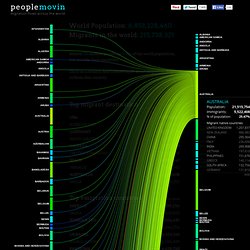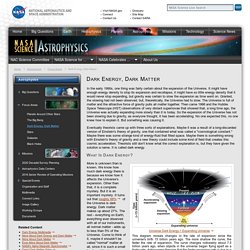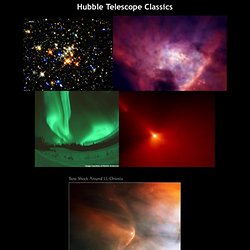

CoP - Using Astronomy as an aid to teaching STEM. Mercury, More Colorful Than We Ever Thought. Space Shuttle Discovery - 360VR Images. We Choose the Moon: Celebrating the 40th Anniversary of the Apollo 11 Lunar Landing. Mars Gigapixel Panorama - Curiosity rover: Martian solar days 136-149. The Universe. OMG SPACE. OMG SPACE is the thesis project of Margot Trudell, an OCAD graduate of their graphic design program in Toronto, Canada.

This website aims to illustrate the scale and the grandeur of our solar system, as well as illustrate through the use of infographics our work in the exploration of our solar system with various spacecraft. Despite all the work that scientists are putting into space exploration and research, and all that we've learned and acheived over the past half-century, the general public isn't very aware of it. I believe that this mostly due to how this information is communicated to the general public, in a very academic and scientific manner. It's hard for most people without backgrounds in these areas to really comprehend what it means when we send a probe past Jupiter for example, or how far away Eris really is, and it's simply difficult to truly grasp the magnitude of our solar system and all it's celestial inhabitants.
Space Wiki. NUKEMAP2 by Alex Wellerstein. GeoGuessr - Let's explore the world! In - A visualization of migration flows. World Population: 6,853,328,460 Migrants in the world: 215,738,321 Almost 216 million people, or 3.15% of the world population, live outside their countries.

Click on a country box to know more about migration flow to/from that country. Refugees and Asylum Refugees and asylum seekers made up 16.3 million, or 8%, of international migrants in 2010. About peoplemovin peoplemovin shows the flows of migrants as of 2010 through the use of open data (see Data Sources). Why peoplemovin? Peoplemovin is an experimental project in data visualization by Carlo Zapponi. The current version of peoplemovin is based on a HTML5 toolkit for the creation of flow charts called datamovin. Global Warming - Impending Doom - ImpendingDoom.com. Bomb Sight - Mapping the World War 2 London Blitz Bomb Census. Real time statistics. Population clock for every country. HoneyMap. 'Brighter than a full moon': The biggest star of 2013... could be Ison - the comet of the century - Science - News. Comet Ison could draw millions out into the dark to witness what could be the brightest comet seen in many generations – brighter even than the full Moon.

It was found as a blur on an electronic image of the night sky taken through a telescope at the Kislovodsk Observatory in Russia as part of a project to survey the sky looking for comets and asteroids – chunks of rock and ice that litter space. Astronomers Vitali Nevski and Artyom Novichonok were expecting to use the International Scientific Optical Network's (Ison) 40cm telescope on the night of 20 September but clouds halted their plans.
It was a frustrating night but about half an hour prior to the beginning of morning twilight, they noticed the sky was clearing and got the telescope and camera up and running to obtain some survey images in the constellations of Gemini and Cancer. When the images were obtained Nevski loaded them into a computer program designed to detect asteroids and comets moving between images. Dark Energy, Dark Matter. Dark Energy, Dark Matter In the early 1990s, one thing was fairly certain about the expansion of the Universe.

It might have enough energy density to stop its expansion and recollapse, it might have so little energy density that it would never stop expanding, but gravity was certain to slow the expansion as time went on. Granted, the slowing had not been observed, but, theoretically, the Universe had to slow. The Universe is full of matter and the attractive force of gravity pulls all matter together. Then came 1998 and the Hubble Space Telescope (HST) observations of very distant supernovae that showed that, a long time ago, the Universe was actually expanding more slowly than it is today. Hubble Telescope Classics. Hubble Telescope Classics.
